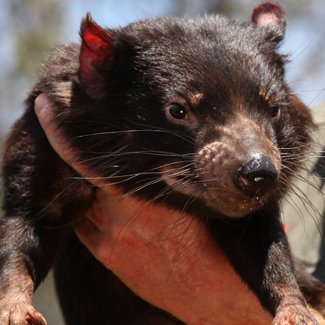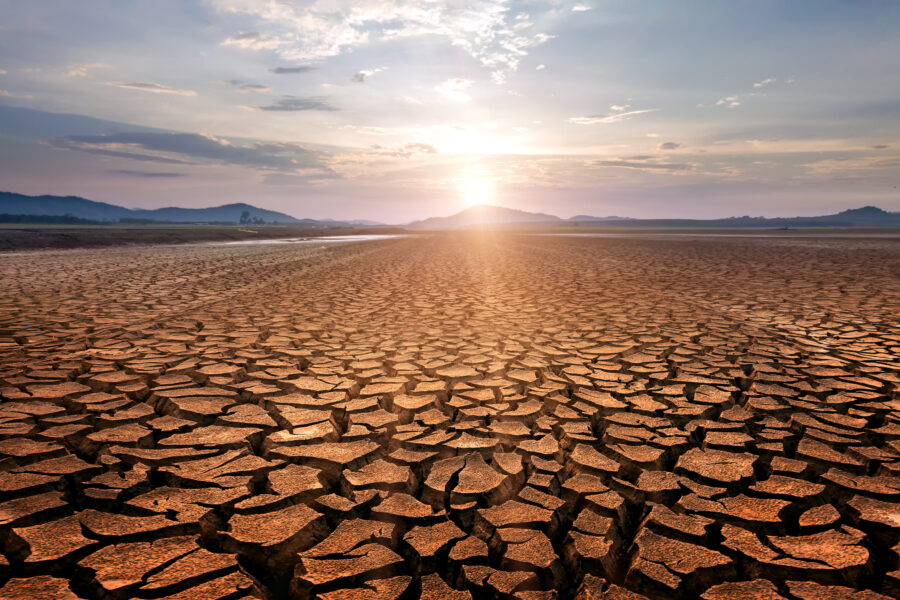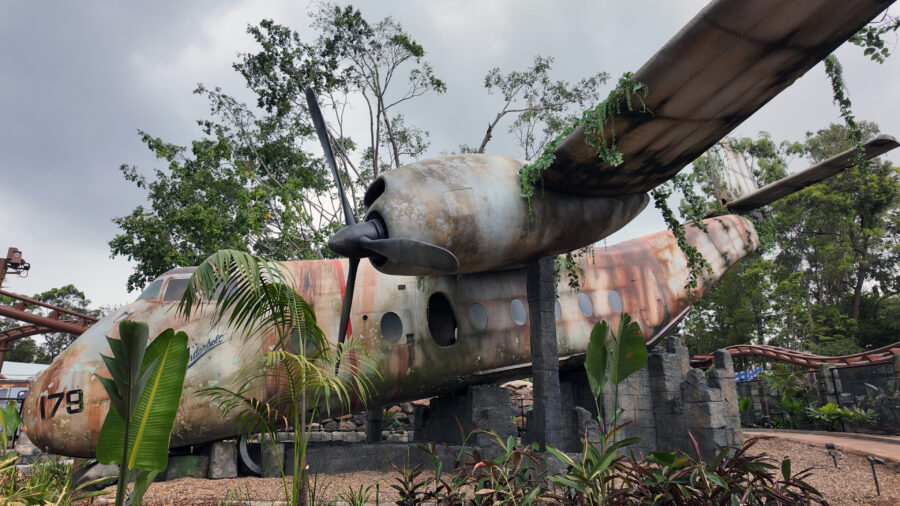Genetic diversity gives hope to Tassie devils

FROM HER NEW HOME in New South Wales, a young Tasmanian devil is providing fresh hope for the long-term survival of her species.
The two-year-old female is the most recent recruit to Devil Ark – a 500ha devil breeding facility in the mist-shrouded hills of the Barrington Tops, 300km north-west of Sydney.
Nicknamed Princess Mary, this devil is the most genetically diverse female in the breeding program and she is an important link in the genetic chain that is safeguarding her species from extinction.
- GALLERY: Tasmanian devils
Devils under threat from facial tumour disease
Princess Mary originated from the north-eastern corner of Tasmania, a region where devil numbers have been decimated by Devil Facial Tumour Disease (DFTD). Since the transmissible cancer was first reported in 1996, it has wiped out more 85 per cent of Tasmania’s wild devils, and in the north-eastern corner of the state, only between one and three per cent of the former population remains.
“Princess Mary is genetic royalty,” says Adrian Good, a keeper and supervisor at Devil Ark. “She’s not related to any other Tasmanian devils in the program and she’s from an area where we’ve seen the population crash.”
Before arriving on the mainland, the young devil spent a year in quarantine to ensure she was disease-free. She will undergo her first breeding season between February and June next year and keepers hope she will produce a healthy litter of joeys.
“It’s really important for us to get her genetics into the population so they don’t get lost,” says Liz Vella, senior curator at Devil Ark.
Breeding Tasmanian devils in captivity
Devils reach sexual maturity at two years of age and can suckle up to four joeys in their pouch each year during their three-year reproductive window. Liz says Princess Mary will hopefully produce up to 12 joeys in her lifetime.
“She’s in great condition physically, so we have high hopes that she will breed not only this year but hopefully for the next two to three years.”
Adults of breeding age at Devil Ark are paired according to recommendations provided by the Zoo and Aquarium Association (ZAA). The organisation matches devils from conservation programs all over the country according to genetic makeup in order to ensure that a genetically viable insurance population of devils is produced.
The healthy animals will be released into the Tasmanian wilderness once the infection has been wiped out.
Genetic diversity crucial to Tasmanian devil survival
“Genetic diversity is crucial to the species’ survival as strong genes give the devil the best chance of survival in the wild,” says Tim Faulkner, operations manager at Devil Ark.
Adrian agrees. “For the long-term survival of the species it’s crucial that we genetically manage their breeding,” he says. “If we don’t, we’re going to see relatives breeding with others. That leads to birth defects and organ deficiencies and ultimately, it could lead to the Tasmanian devil breeding itself into extinction.”
There are currently 120 devils at Devil Ark, which makes it the largest and most successful facility in Australia. This year, during the program’s second breeding season, 40 healthy joeys were produced.
“They’re all in great condition and they’ll be weaned in the next few months, so they’ll soon be grouped with other juveniles to learn how to socialise and interact with each other,” says Liz.
The team hopes Devil Ark will be home to 360 devils by 2016 and more than 1000 by 2021.
RELATED STORIES




